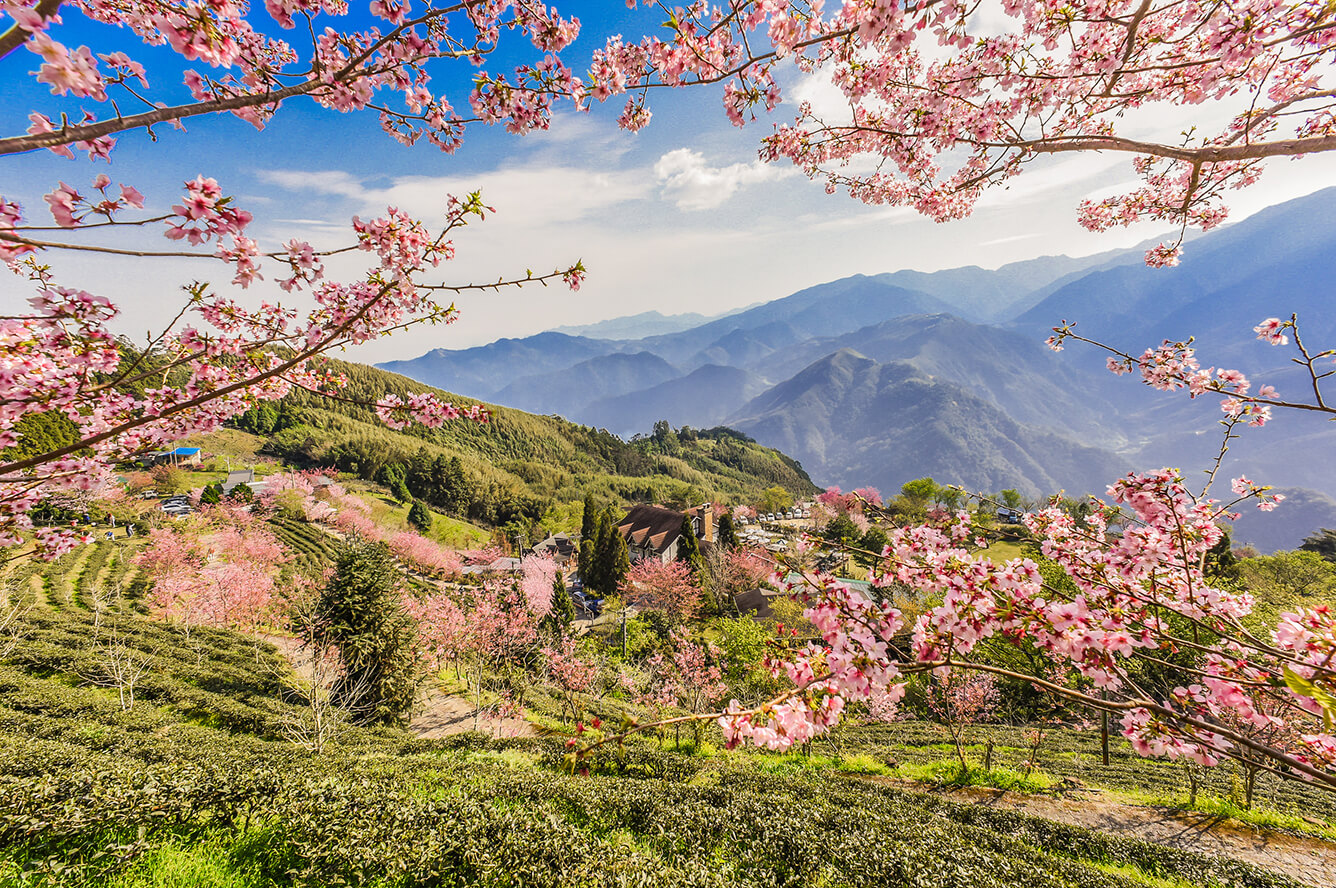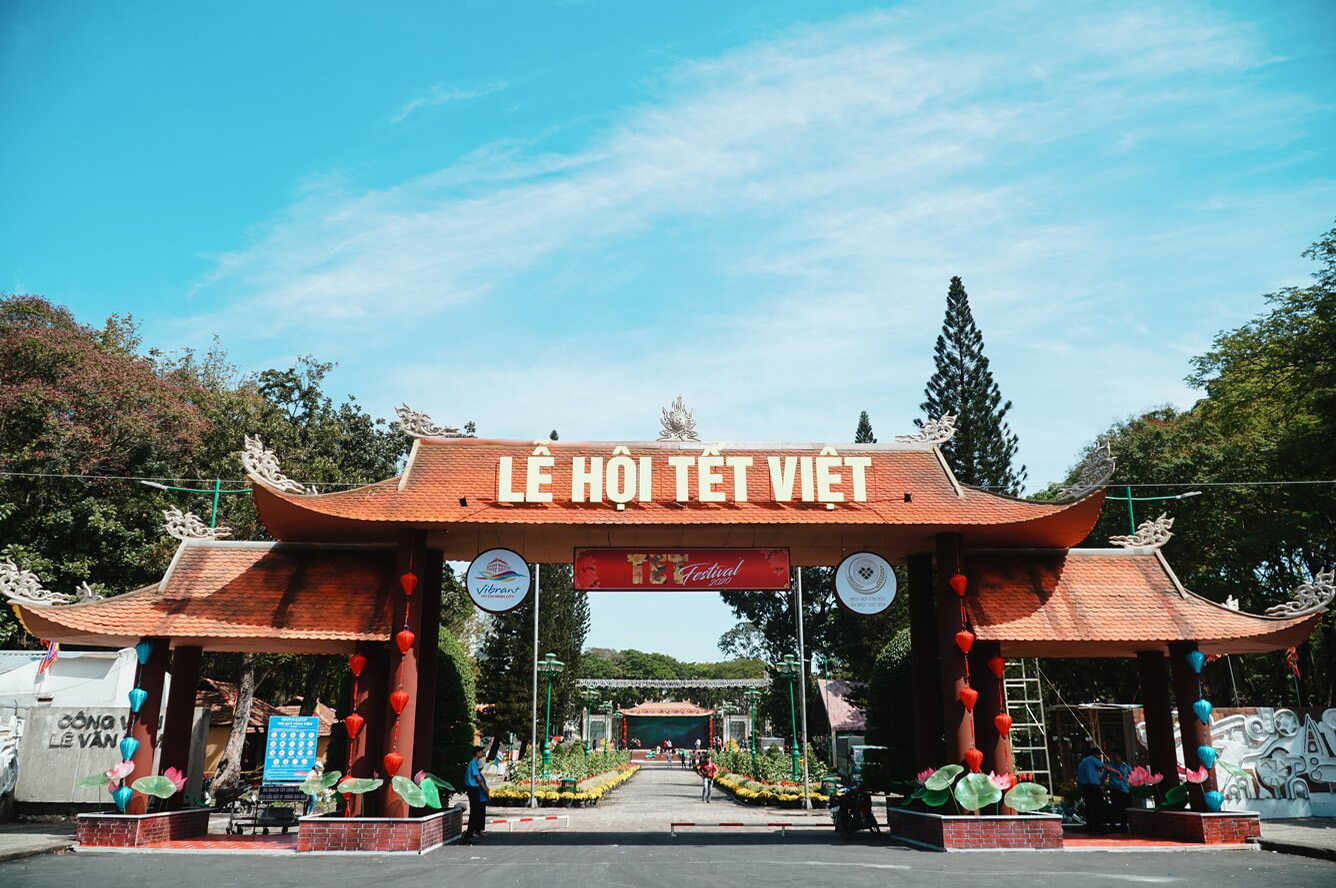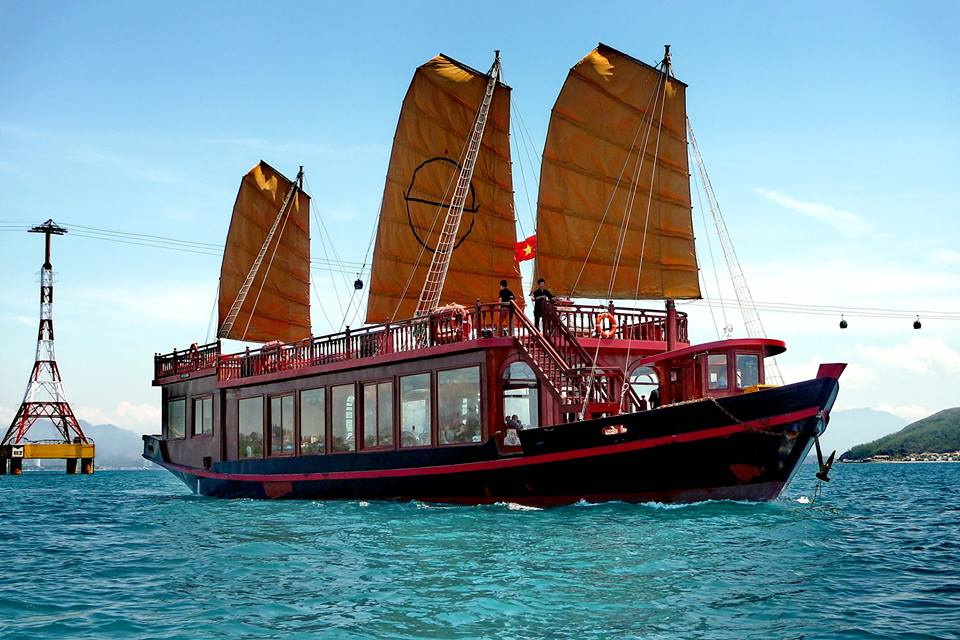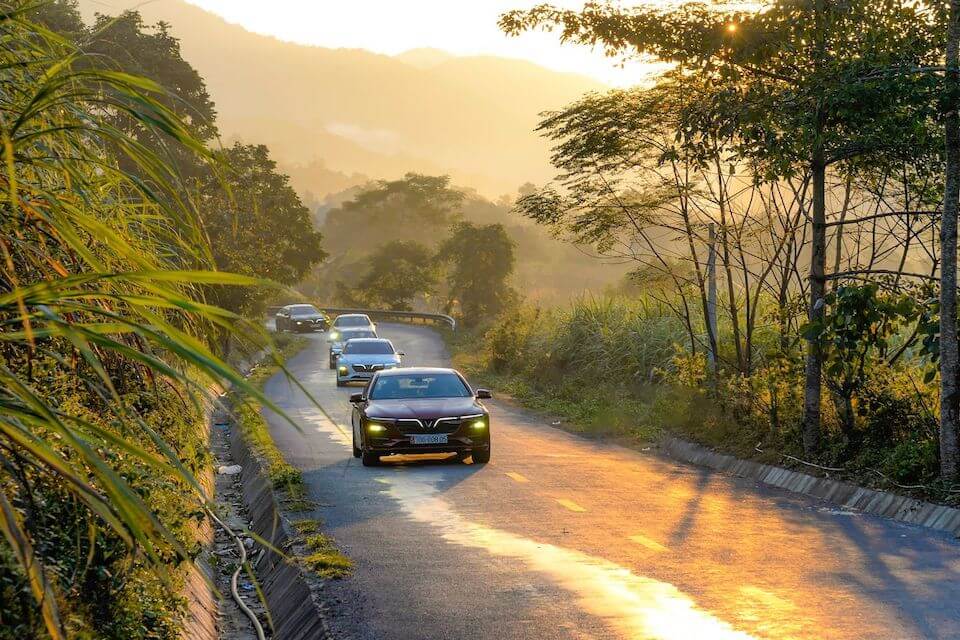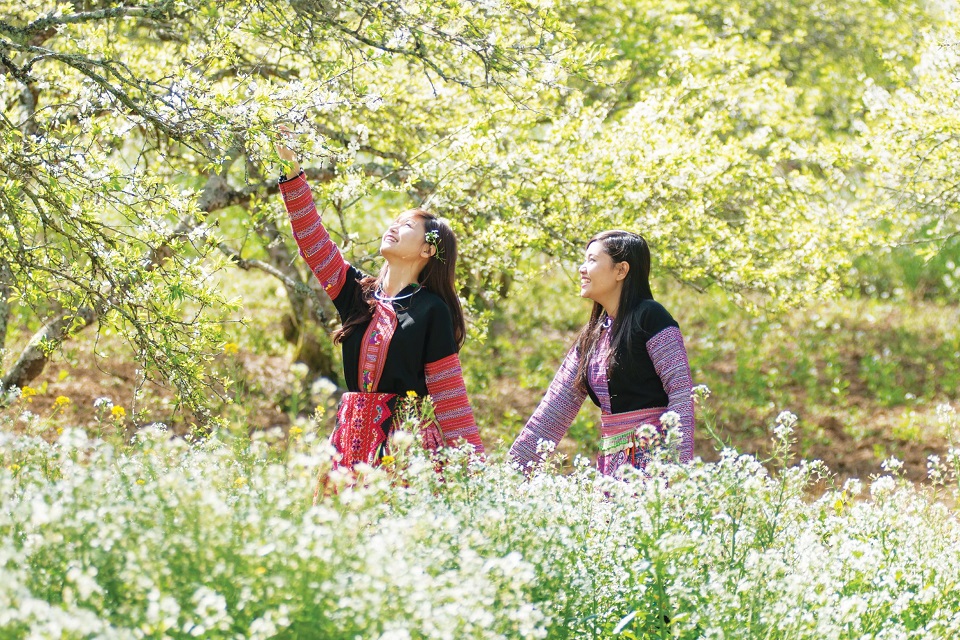Angkor Wat
The traveller's first glimpse of Angkor Wat, the ultimate expression of Khmer genius, is matched by only a few select spots on earth. Built by Suryavarman II (r 1112–52) and surrounded by a vast moat, Angkor Wat is one of the most inspired monuments ever conceived by the human mind.
Angkor Wat is, figuratively, heaven on earth. It is the earthly representation of Mt Meru, the Mt Olympus of the Hindu faith and the abode of ancient gods. The ‘temple that is a city’, Angkor Wat is the perfect fusion of creative ambition and spiritual devotion. The Cambodian god-kings of old each strove to better their ancestors’ structures in size, scale and symmetry, culminating in what is believed to be the world’s largest religious building, the mother of all temples, Angkor Wat.
The temple is the heart and soul of Cambodia: it is the national symbol, the epicentre of Khmer civilisation and a source of fierce national pride. Soaring skyward and surrounded by a moat that would make its European castle counterparts blush, Angkor Wat was never abandoned to the elements and has been in virtually continuous use since it was built.
Simply unique, it is a stunning blend of spirituality and symmetry, an enduring example of humanity’s devotion to its gods. Relish the very first approach, as that spine-tickling moment when you emerge on the inner causeway will rarely be felt again. It is the best-preserved temple at Angkor, and repeat visits are rewarded with previously unnoticed details.
Angkor Wat is famous for its beguiling apsaras (heavenly nymphs). Almost 2000 apsaras are carved into the walls of Angkor Wat, each of them unique, and there are 37 different hairstyles for budding stylists to check out. Many of these exquisite apsaras have been damaged by centuries of bat droppings and urine, but they are now being restored by the German Apsara Conservation Project.
Allow at least two hours for a visit to Angkor Wat and plan a half-day if you want to decipher the bas-reliefs with a tour guide and ascend to Bakan, the upper level, which is open to visitors on a timed ticketing system. The western causeway is currently closed to visitors for an extensive renovation and access is via a floating pontoon, which has become something of a local tourist attraction in itself.
Source Lonelyplanet

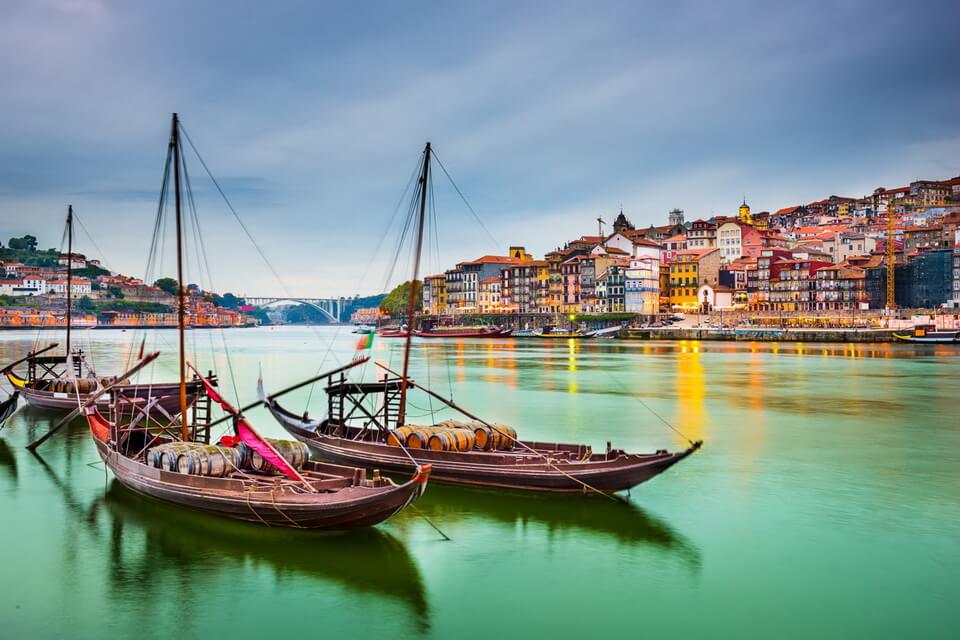
Benefits from investment for overseas settlement
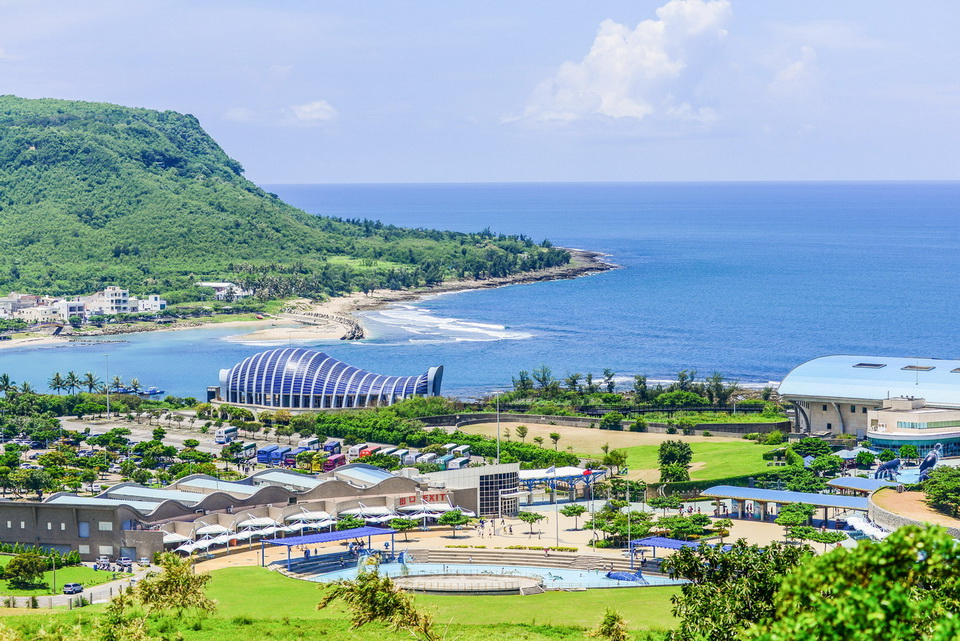
New experiences for travel in Taiwan
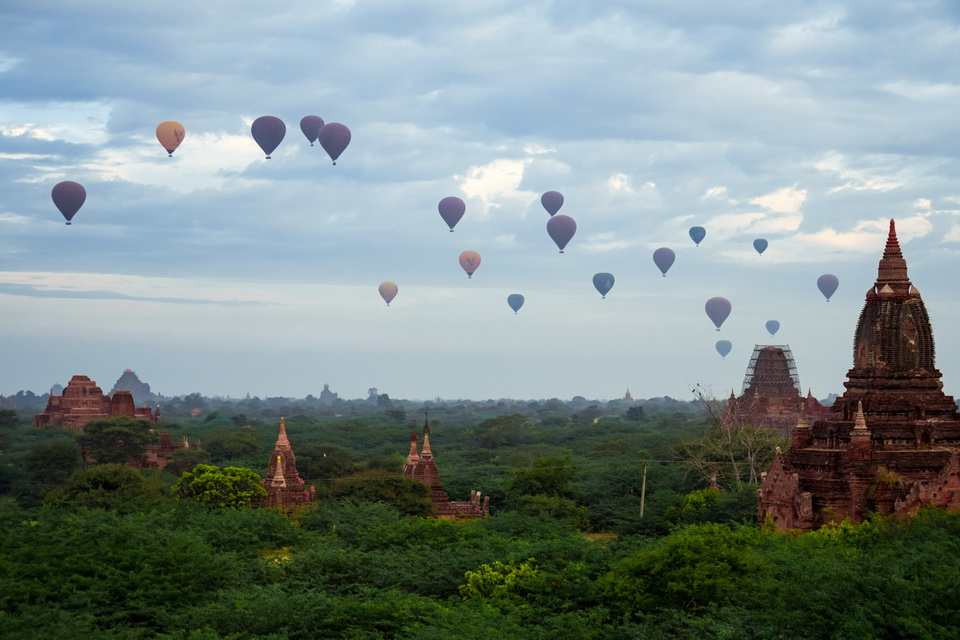
Exploring the ancient city of Bagan
Living a farmer’s life in Ibaraki Prefecture
Let’s live with farmers from the Hiroura Rural Experience Promotion Association in Ibaraki Town!
From cherry blossoms to nemophila, spring in Ibaraki is the season of flowers
Spring is the season of flowers blooming everywhere. This article would like to introduce the places ...
What's so special about experience tours in Ibaraki?
Ibaraki Prefecture is easy to reach from Haneda Airport or Narita Airport. It takes about 90 minutes ...
Where to see the most spectacular Cherry blossoms in this Spring
Spring is here, and so is the countdown to one of the most beautiful blooms of the year: Cherry blos ...
Tet and others spectacular festivals around the world in January 2020
In January 2020, Tet festival in Vietnam and others spectacular festivals around the world are color ...
The best Christmas drinks from around the world
Boozy, warming, and very indulgent – what more do you expect from a Christmas cocktail? Try one of t ...







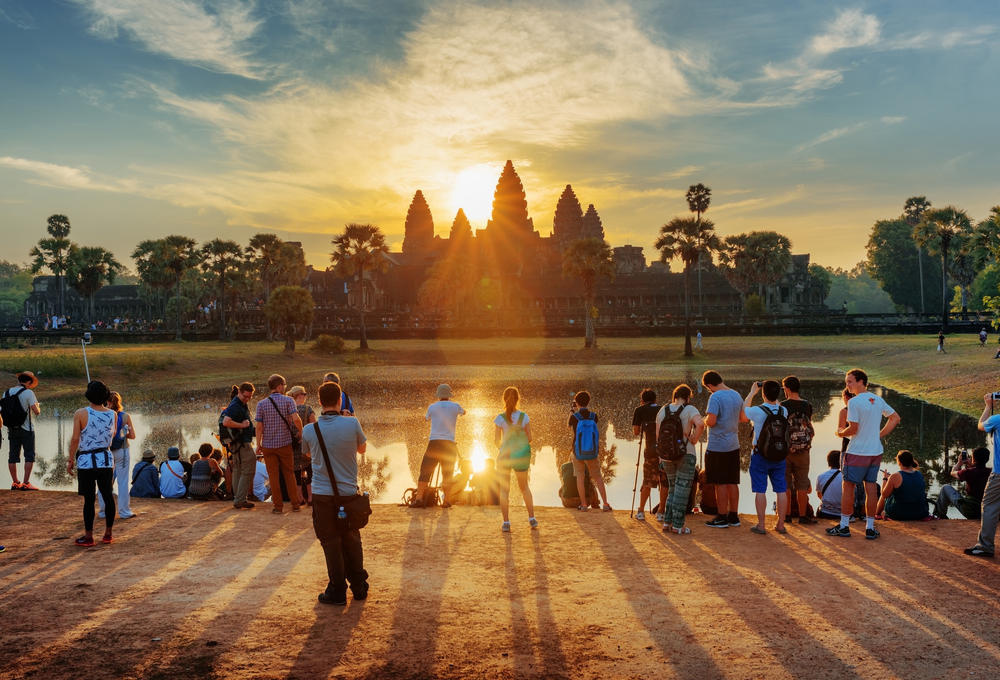
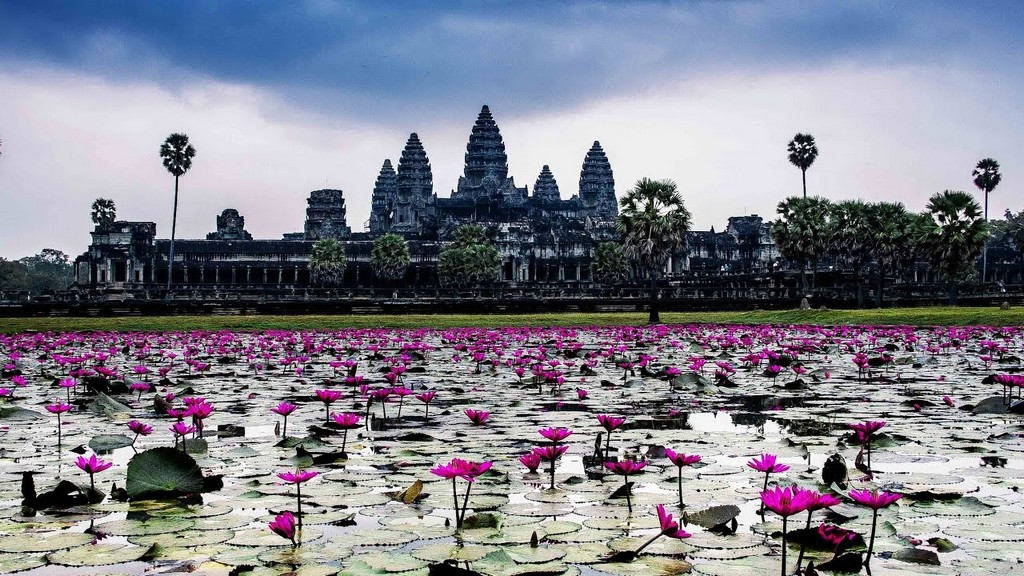
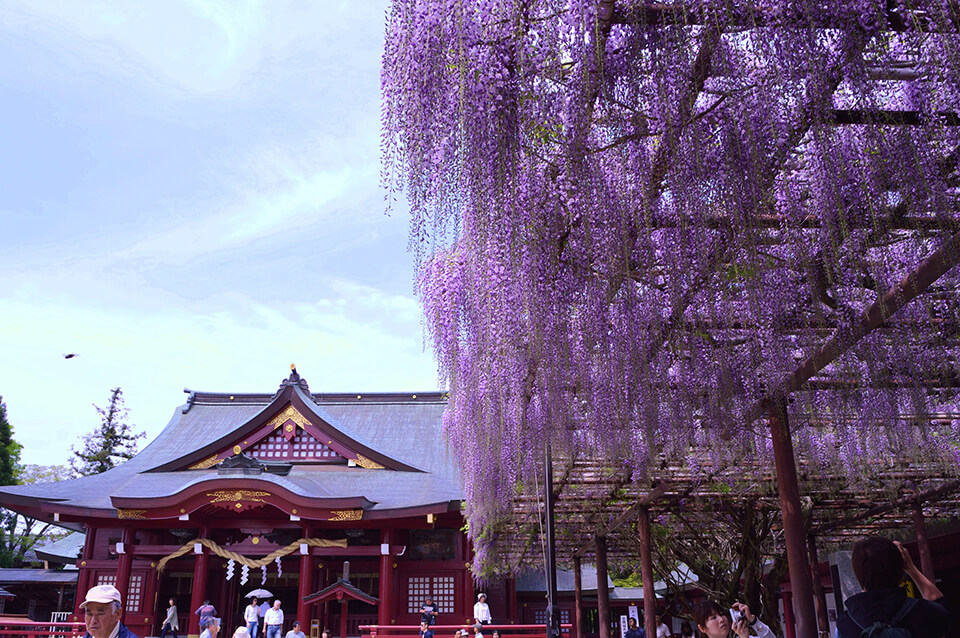
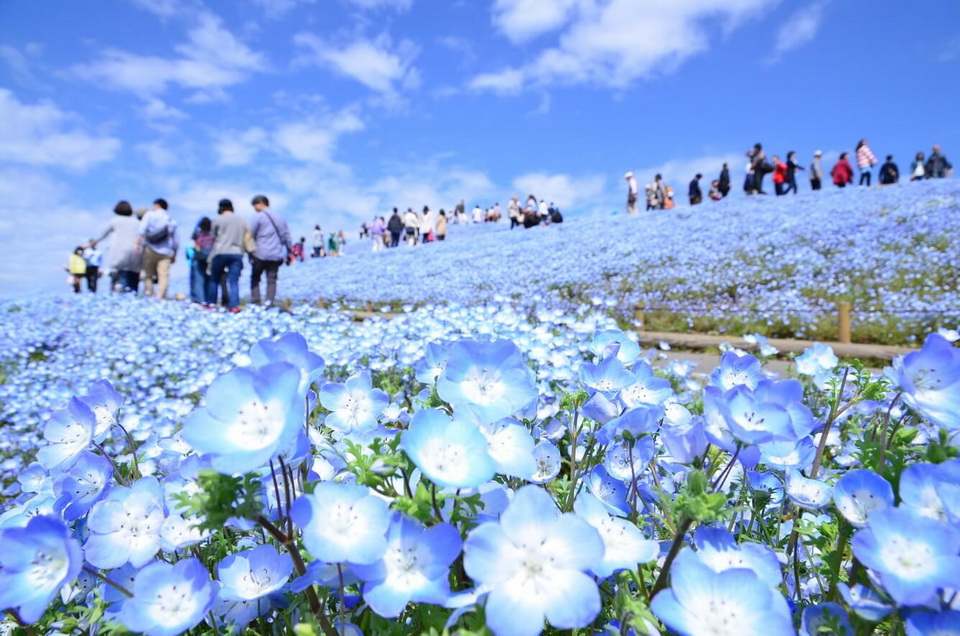
 (1).jpg)
